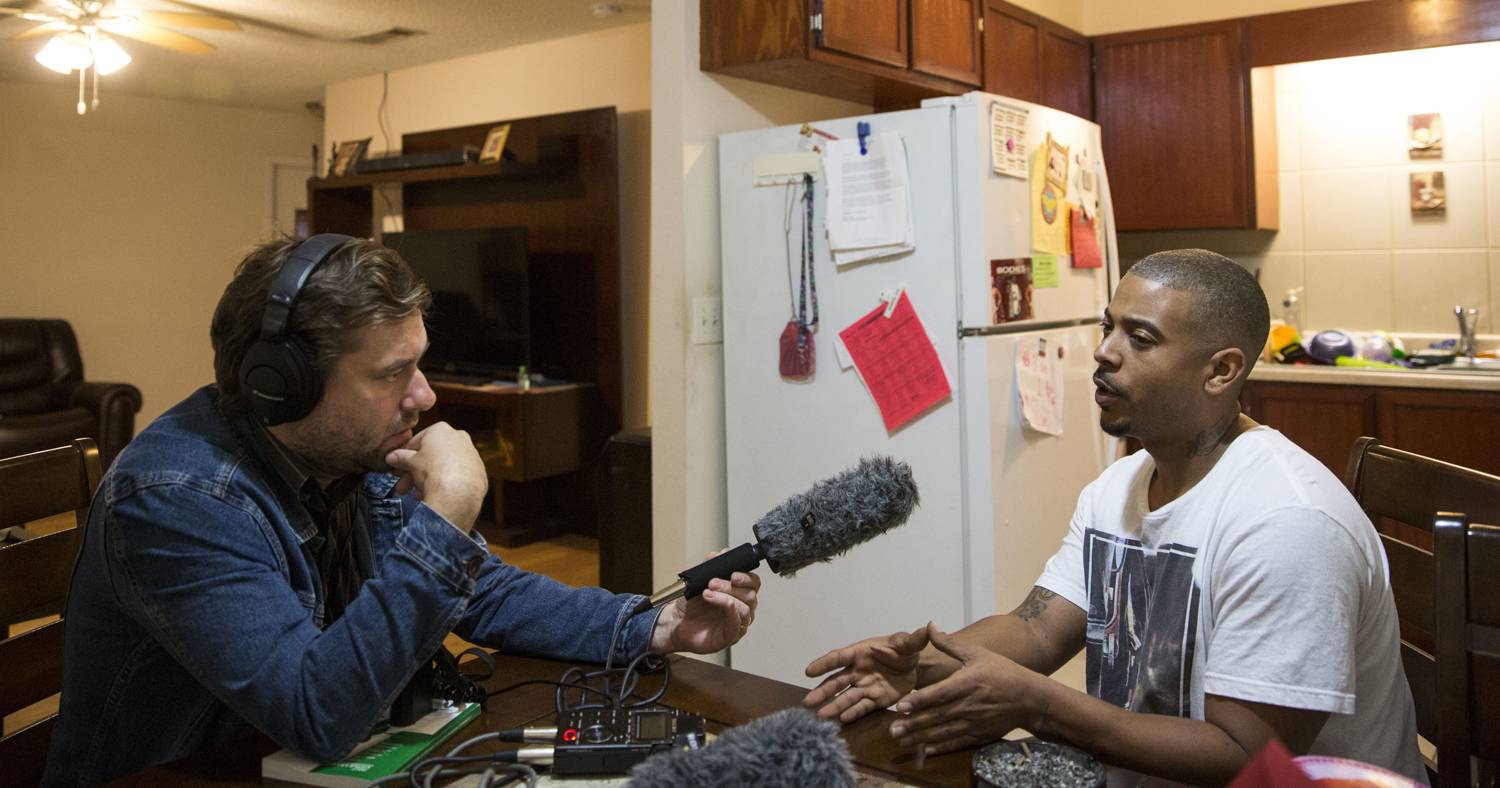Federal funding for the Corporation for Public Broadcasting is secure — for the next few years, at least.
Though the trillion-dollar, stopgap spending bill that Congress passed (and Trump signed) includes a stipend for a major funder of public media, the specter of cutting funds to public media is bound to rise again. The budget initially put forth by the White House in March had eliminated spending for the agency, which helps fund NPR, PBS and stations across the United States — and not for the first time.
While the question of funding for the future remains in the air, some local public radio broadcasters are trying to figure out other ways of making money. But others maintain a steady routine and continue with normal programming.
“A lot of stations are middling places that have enough of a donor base and enough institutional support to keep putt-putting along for a long time,” said Adam Ragusea, a journalist-in-residence at Mercer University’s Center for Collaborative Journalism and host of “The Pub,” a weekly podcast devoted to public media.
Because funding for public radio comes from several sources (institutional support, corporate sponsors and individual donors), Ragusea said the industry could be particularly resilient to interference from the government, sponsors or major donors.
Before joining the faculty at Mercer University, Ragusea worked for public radio outlets including Georgia Public Broadcasting, WBUR in Boston and WFIU in Indiana. He ultimately doesn’t see financial woes upending the industry any time soon.
Still, many broadcasters stress that nothing comes close to the money CPB provides.
“We can’t bake sale our way to success,” said Tom Thomas, the co-CEO of Station Resource Group, a coalition of public media organizations. Thomas listed things like concerts, lectures and forums that stations host for supplemental income.
“In the context of the debate over federal funding, none of these kinds of activities come close…to offset the loss or significant reduction of federal funds,” he said.
Public radio stations are constantly trying out new initiatives to make ends meet. At Georgia Public Broadcasting, for example, Ragusea said the company rented out parts of the building it wasn’t using and used the extra money to pay rent.
CPB received $445 million from the government in 2016, about $400 million of which went to local public radio and television stations. That funding can range from 5 percent of radio station budgets for larger stations, to 30-35 percent of smaller station budgets.
The biggest area for station revenue is individual contributions, but the situation is particularly dire in rural areas, where audience support is more sparse.
Elise Pepple, the station manager of KRTS in Marfa, Texas (a city of about 2000 people), has been exploring other ways to make money.
“We’re in one of the poorest counties in Texas, so one of the things I’m trying to evaluate is how do we not overburden the resources of residents,” Pepple said.
The station will soon be launching a paid walking tour to take advantage of the city’s established tourism industry.
Some stations saw an increase in member pledges when CPB funding was on the line in March and April.
During a membership drive in early April, Jefferson Public Radio in southern Oregon increased membership by 60 percent, executive director Paul Westhelle said. The successful campaign raised morale among the station’s staff.
“We get lots of comments with those pledges that public radio is more important than ever,” he said. “At the end of the day, we have to remember that if we serve our audience well, they will, in turn, support us.”
The debates over whether radio and TV stations should receive federal funds aren’t over, and broadcasters are prepared to make their cases to listeners.
Kit Jensen, the chief operating officer of Ideastream in Cleveland, Ohio, said public radio stations should constantly be advocating for their existence by bringing a unique perspective to their news coverage.
Jensen said her network does this by reporting on local issues that represent national trends, which leads to collaborations with larger regional and national outlets. Some of the partnerships include a cross-country conversation with KQED in San Francisco and a project with NPR focusing on Ohio statehouse politics.
Bringing value to listeners will translate to future support from lawmakers, Jensen said.
“It’s always important, whether it’s an election year or a budget discussion, to assert and show your value, and encourage others to share their regard for your value.”
Correction: Due to an editing error, this story incorrectly referred to the CPB as “the parent company of NPR and PBS.”






